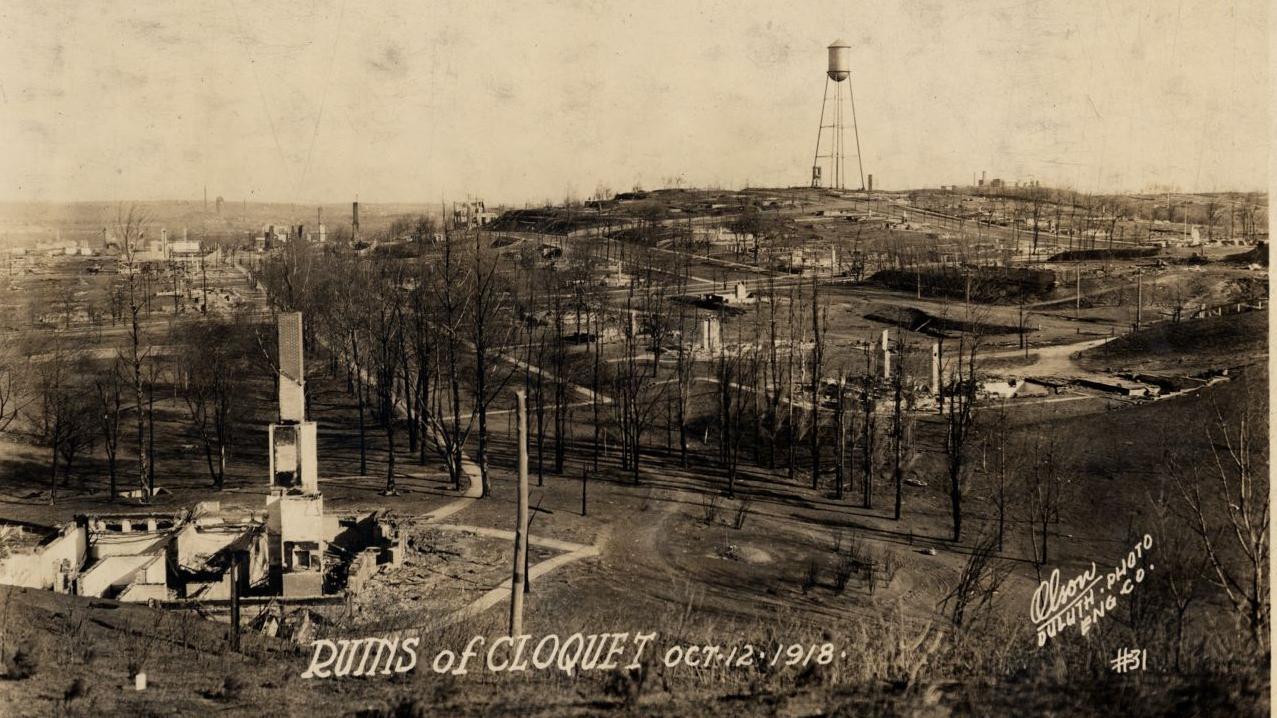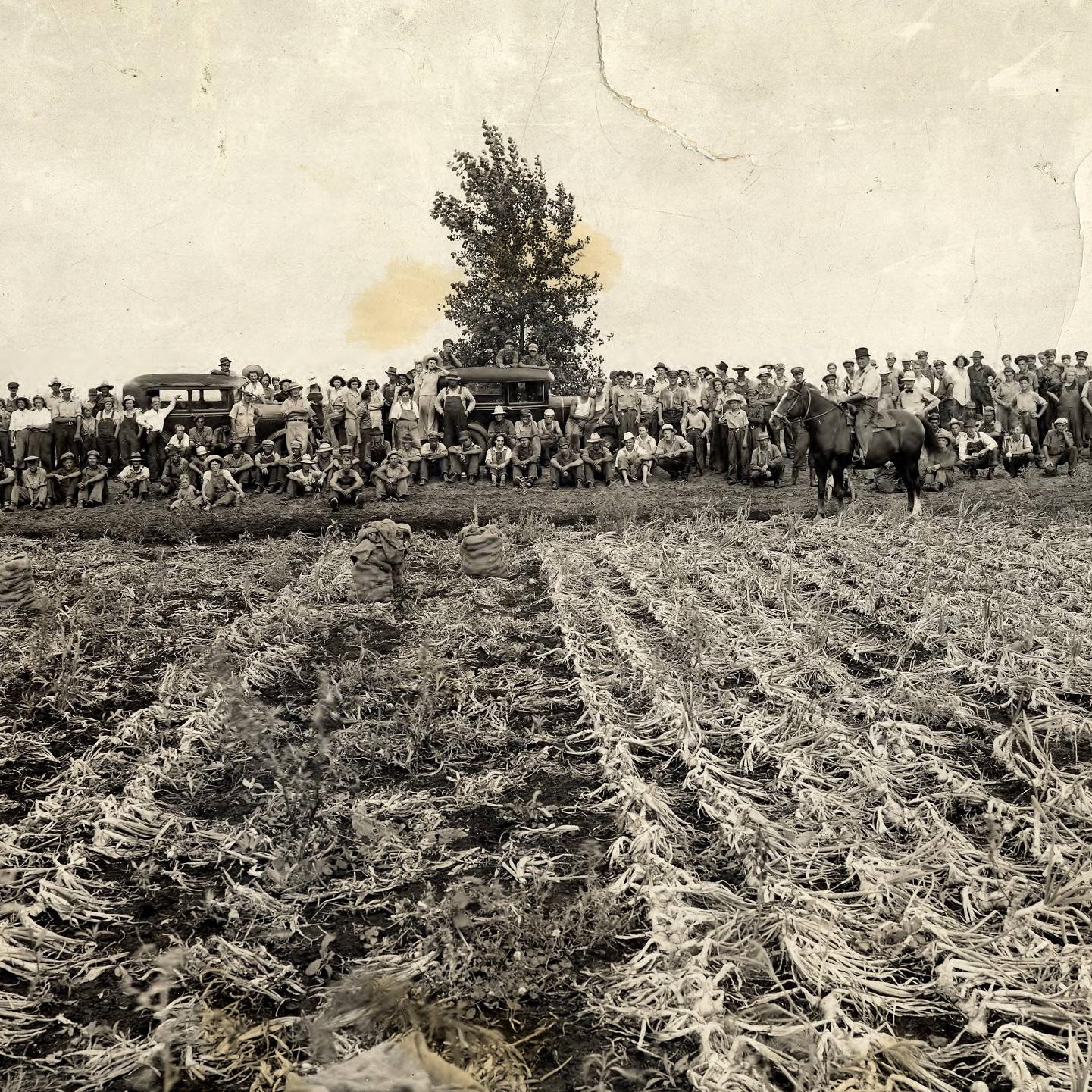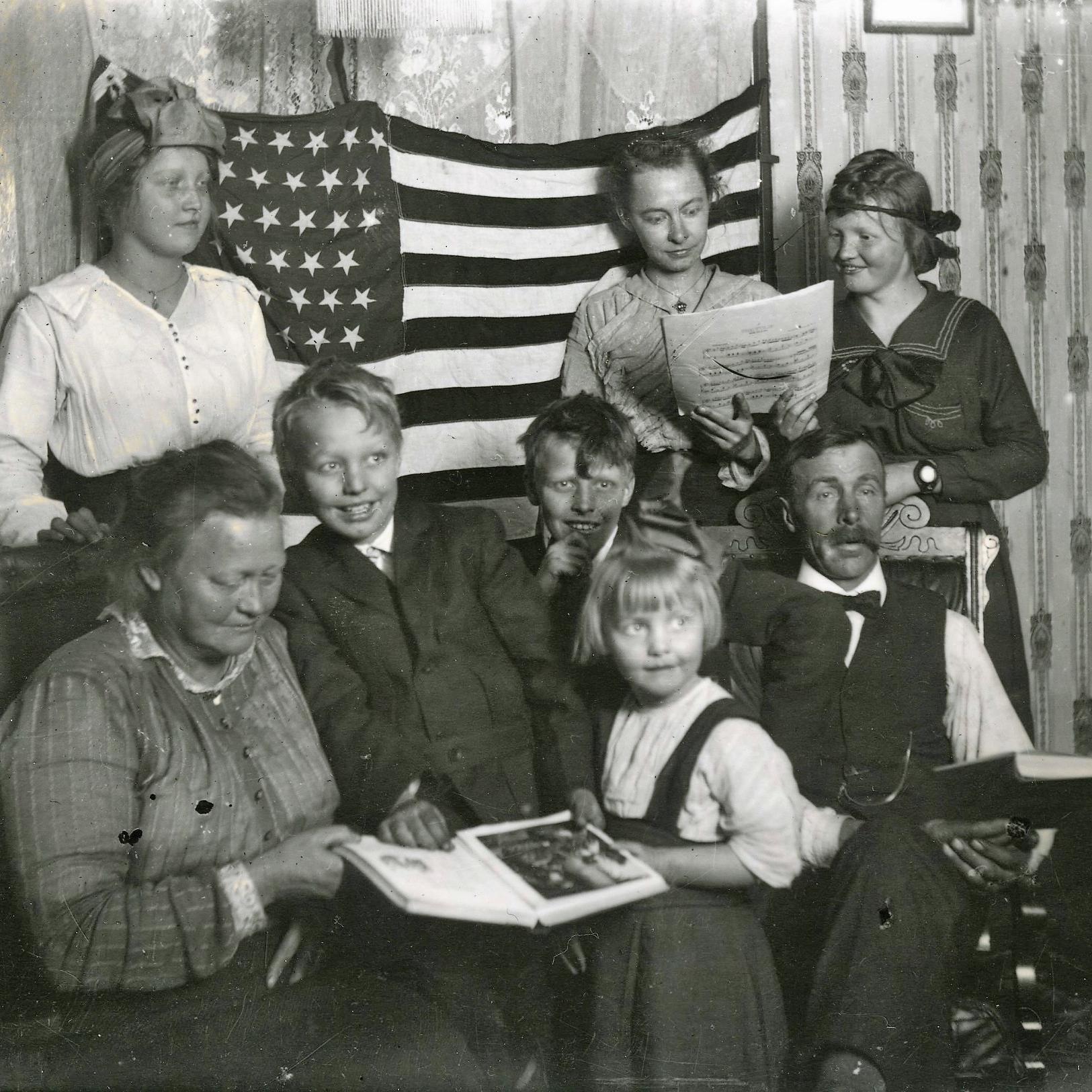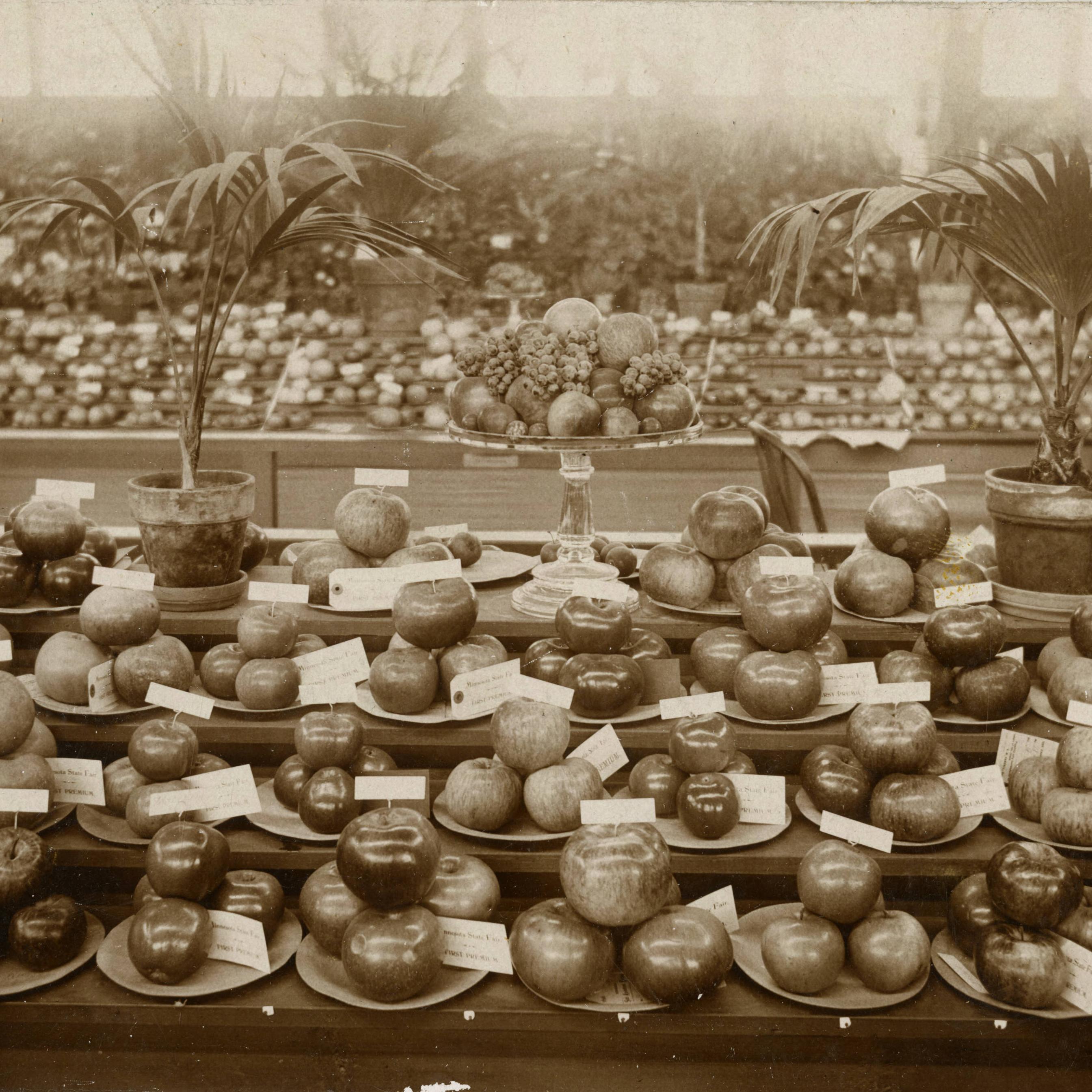Quick Summary
The Minnesota Digital Library has published a new online exhibit exploring the causes and effects of the Cloquet-Moose Lake Fires of 1918, the state’s worst natural disaster to date, featuring historic photographs and survivor stories.

On October 12, 1918, a typical fall Saturday, people in the Cloquet and Moose Lake areas of northeastern Minnesota went about their chores and prepared for the evening’s leisure activities. The air was a bit smoky, but that was normal that time of year, and they were not concerned. No one had any idea they were about to experience the state’s worst natural disaster to date.
In less than 15 hours, 1,500 square miles would be burned by the combined power of over 50 individual forest fires that high winds transformed into an uncontrollable blaze. Over 52,000 people were affected by the fires of 1918, losing houses, barns, businesses, livestock, and even their lives. The fires killed 453 people, making the event the deadliest wildfire in Minnesota history. More than 35 communities were burned in some way; some towns, like Cloquet, Brookston, and Moose Lake, were almost completely destroyed.
The Minnesota Digital Library (MDL) contains many photographs documenting the extent of the devastation that day. 105 years later, we have combined these images with stories of personal experience into a new online exhibit. This exhibit seeks to understand why these fires happened, explore how individuals and communities were affected, and provide inspiration as well as a warning to ensure something like this does not happen again.
Visit the MDL website to view our Fires of 1918 exhibit today.
Image: Ruins of Cloquet two days after the fire, October 14, 1918. Carlton County Historical Society.





